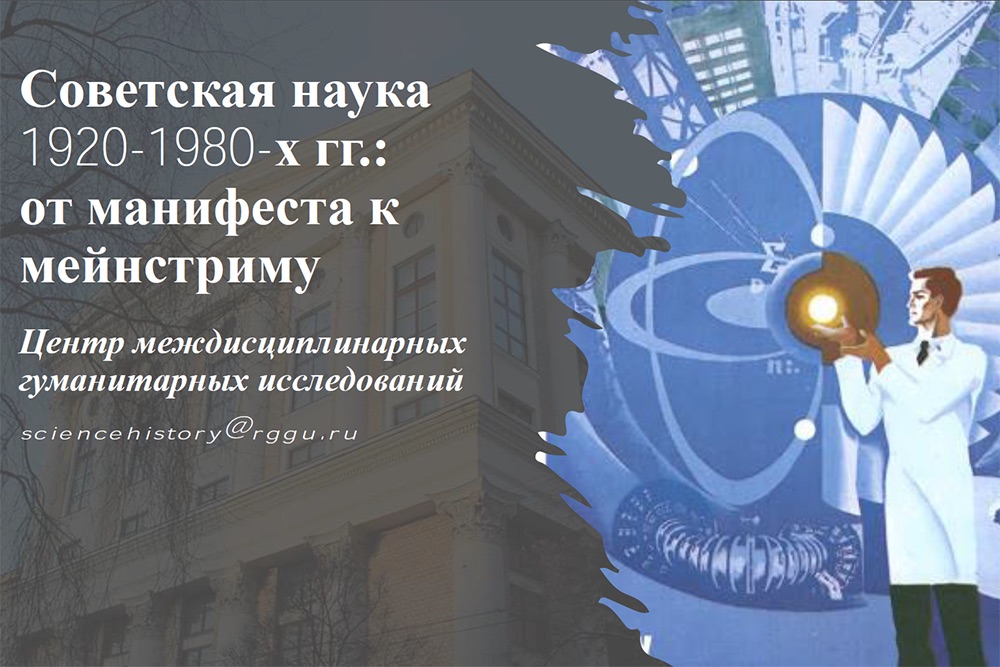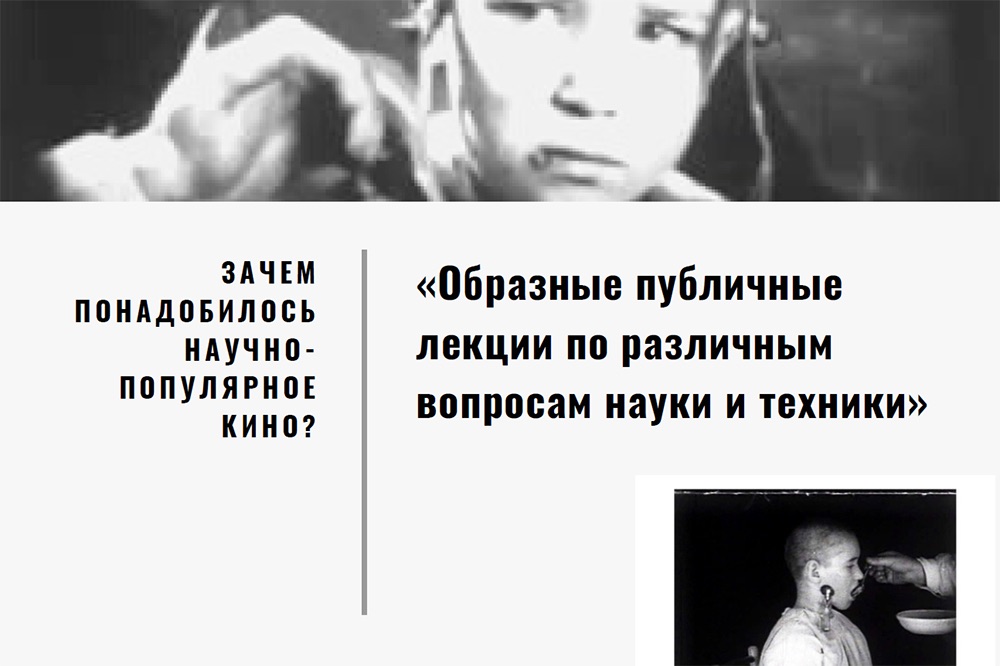Every year on February 8, the academic community of Russia celebrates its professional holiday - the Day of Russian Science. It was on this day in 1724 that the Russian Academy of Sciences was founded by order of Emperor Peter I.
An interview with Associate Professor of RSUH Evgenia Dolgova answers the questions of how to realize yourself in the field of science and education, what may affect one’s academic career and why young scholars should be more patient with their research.
How did you get into the field of science and education? What do you like about your job?
I have been teaching at RSUH for almost ten years, and before that there were three years of graduate study and 5 undergrad years. It total, almost 18 years. However, such a path - from a B.A. student to PhD - is normal for an academic career. In this progress there lies the continuity of academics. In this regard, the Institute of History and Archives, which I graduated from, allows me to have a sense of pride in belonging to it.
The second important point is the school of Dr. Knorozov, an outstanding linguist, the pride of Soviet science. I have been remarkably fortunate to be part of a vibrant and thriving, community of his followers. I need to thank my colleagues and my mentor, Dr. Galina Ershova, who sets an example of energy and creativity. I am also attracted by the teaching work, the activity and inspiration of students, their sincerity and passion for the profession. Such feelings are in abundance in our Council of Young Scholars and its student section.
What are your academic interests?
I specialize in the history of science, focusing on the history of science policy in the 20th century and the social history of the Soviet academic community. I was inspired by the concept of "big science", its transformation from a private occupation into a large-scale, industrially organized enterprise, in which sizable human and material resources were involved.
Under the conditions of such structural changes, in some respect characteristic of the academic communities of all countries in the 20th century, the world of the “little man”, a simple academic worker with his career and housing problems, anxiety about defending a dissertation and the need to publish, was changing apace.
The intersection point of these macro- and micro-trajectories in the social history of science seems to me surprisingly interesting and promising. This topic is related to sociology and psychology of science. In such interdisciplinary interaction, there lies its advantage.
What areas of historical research do you think are the most important and promising?
Surprisingly underestimated in our academic tradition is the track "History of Science and Technology", which removes the tension between natural, technical sciences and humanities. There are very few dissertation boards that award academic degrees in such a rare specialty, one of them is at RSUH, even though this topic is in demand abroad, especially in terms of studying the experience of the Soviet organization of academic research.
The history of science and technology is interpreted as a single process and is studied in connection with the interdisciplinary tracks Science and Technology Studies and History and Philosophy of Science. Many books have been written by researchers who, in fact, have had very limited access to our rich materials.
In Russia, only in recent years has this topic acquired a public importance and begun to be taught in leading academic centers, one of which belong to our University.


You are the leader of the project "Soviet science 1920-1980: from the manifesto to the mainstream". How did the idea for this project come about? What was your goal when you started working on the project?
This project was implemented by the Center for Interdisciplinary Humanities of the Faculty of History in 2021, it was the winner of the competition "Student Research Project Teams-2021".
This competition is a wonderful and very important initiative of the University, aimed specifically at students, providing them with experience in the grant application process. As a leader, I set the following goal: I set out to form the skills of grant application, teach how to implement the project, and provide experience of teamwork. I aimed to teach how to be effective within the framework of the implementation of a project with a deadline.
The participants of the project, to varying degrees, are ready to enter the "big science". They are Valeria Sliskova, Maria Romanova, Varvara Nerush, Ksenia Shevyakova. Each one of them has a different research style, but all of them are independent and bright students.
The project grew out of the idea of “big science”, which combines several of our multi-level and multi-directional grants – the Russian Science Foundation, the presidential grants and the Russian Foundation for Fundamental Research. In this respect, the project you mentioned is consistent with the general topic of our research, but it is being implemented by graduate and undergraduate students.
What tasks did the project solve?
We considered such topics as the popular utopian ideas, for example, rejuvenation and immortality, in the science of the 1920s; the history of individual laboratories and institutional centers, for example, the Institute of the Peoples of the North; creative biographies of specific scientists, for example, the one of Foma Andreevich Trebin, oil engineer, head of the diplomatic mission in Venezuela, as well as the process of popularization of academic knowledge via cinema.
In the course of the study, the participants of the team identified and studied documents of the State Archive of the Russian Federation, the Russian State Archive of Literature and Art, the Archive of the Russian Academy of Sciences, the Archive of the Russian Authors' Society, the Central State Archive of St. Petersburg, the Central State Archive of Literature and Art of St. Petersburg.
For a student grant, these are very good results, and they were reflected in publications, including the Web of Science ones. The conclusions were presented at conferences and in the spring, the interuniversity school for young scholars “One day in the life of science” was organized, which aroused considerable interest in the academic community. It also became important to promote the project in the media space (on Facebook and VKontakte, as well as on the RSUH website).
The participants successfully defended their diplomas and entered graduate or master's programs.
Where and how is the information collected within the project used?
In this regard, as with all our projects, our Press Service is very helpful, having created a separate space on the site, both for large projects, and for undergraduate and graduate students.
The results are used in the educational process and outside RSUH at public lectures and exhibitions.
Do you plan to continue working on the project?
Yes, of course, there are a lot of ideas and projects, including those of the applied nature.
What advice can you give to students planning to connect their lives with science?
We must remember that science is a serious occupation for independent people. This is a creative search, and creativity is always interesting. But remember that incentives and recognition can take a very long time. If a student aims for a quick success, frustration may arise. In this regard, we can only advise you to work diligently , and the result will surely come. We will try our best to help you!